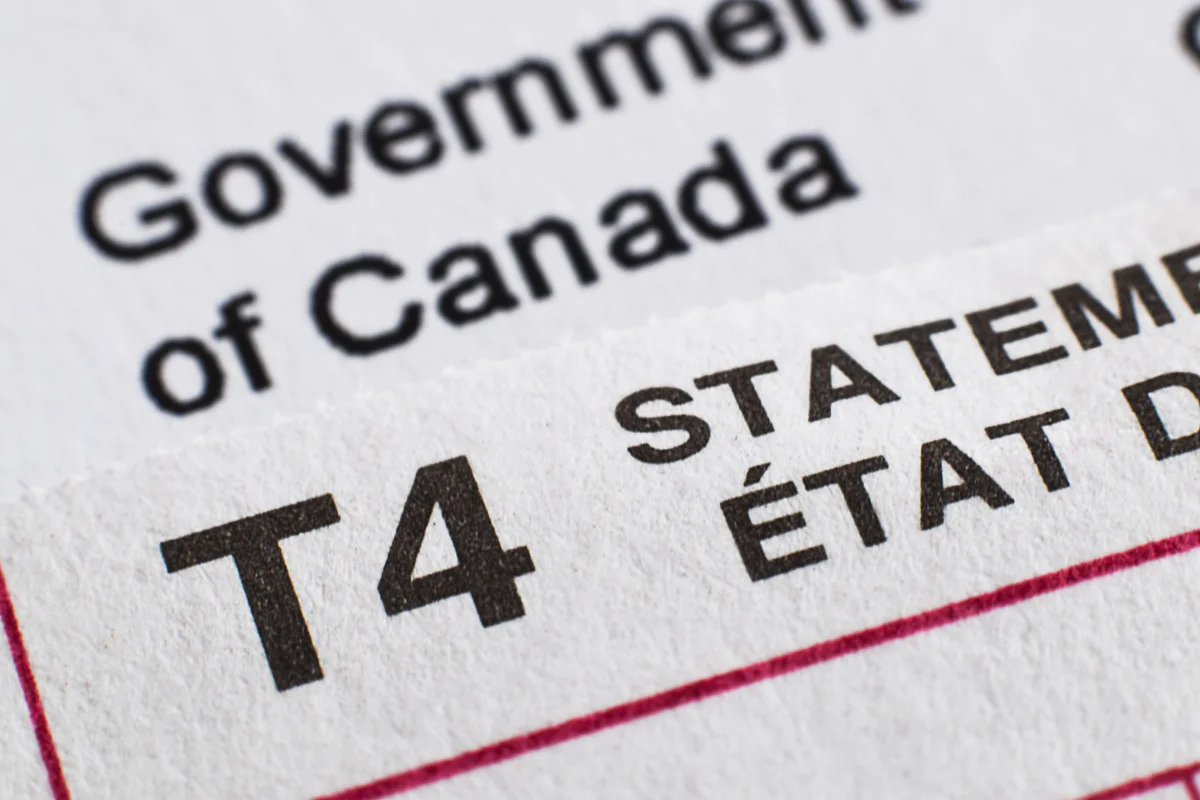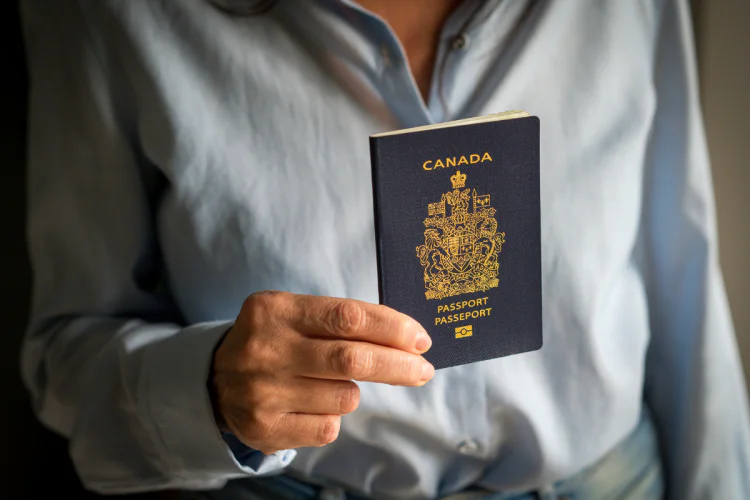Modifications to Canada Revenue Agency’s Voluntary Disclosures Program

The Canada Revenue Agency (CRA) has announced modifications to its Voluntary Disclosures Program for applications received on or after October 1, 2025. The program allows taxpayers to voluntarily report tax omissions or errors in exchange for relief. This relief can include protection from criminal prosecution, partial forgiveness from interest and forgiveness from penalties.
The recent changes increase the percentage of interest that the CRA may be prepared to forgive and changes how the CRA analyzes disclosures that were prompted by a communication received from the CRA. This allows applicants to lessen the consequences of errors and omissions in previously filed returns (or returns that should have been filed but weren’t), including, for example, claiming ineligible expenses, failing to remit source deductions, underreporting income or failing to report ownership of foreign property where required.
An application must meet certain criteria, including that it be considered “complete.” This means that the applicant must disclose all known errors and omissions. The application must also include relevant supporting information, and applicants may be asked by CRA to provide further information.
An applicant must also pay the amount of tax estimated to be owed under the corrected tax return(s) and include that payment in the application.
The recent changes to the program announced on September 10, 2025 affect how the CRA determines the amount of penalties and interest forgiven for applications related to income tax made on or after October 1, 2025. The CRA has also released similar new guidance for applications related to GST/HST in its GST/HST Memorandum 16-5-1.
The biggest changes in the revision are clarification on the documentation required, the introduction of forgiveness for applications prompted by a CRA communication, clarification of when multiple disclosures may be allowed by the same taxpayer, and the amount of interest relief potentially available.
Practical considerations for applications
Prior to the recent changes, an applicant was required to provide the CRA with all relevant available information. Now, applications relating to income tax may only need to include documentation for the most recent six years. However, if a source of income or asset is located outside of Canada, documentation for the last 10 years must be provided instead. GST/HST-related applications must include documentation related to the non-compliance for the most recent four years.
Each taxpayer is generally only eligible for the program once. A second application may be considered from the same taxpayer if the circumstances are either beyond the taxpayer’s control or related to a different matter than a previous application. This differs from the previous regime where both of these conditions were a prerequisite for a second application.
Introducing the “prompted application” classification
Prior to the revision, only applicants who made a fully voluntary disclosure were eligible for the program. Generally speaking, an application would only be considered a “voluntary disclosure” if:
- the CRA was not already be aware of the issues disclosed
- enforcement action against the applicant – such as an audit, examination or investigation, related contact by a CRA employee or a similar request/demand issued by the CRA – had not commenced
If instead the disclosure followed CRA’s knowledge of the error or omission or otherwise followed an enforcement action, it was deemed to be a non-voluntary disclosure ineligible for the Program.
Now, the CRA has introduced a new “prompted application” classification. This category is reserved for applications received after verbal or written communication about an identified compliance issue related to the disclosure, such as a letter or notice that identifies a specific error or omission found on the taxpayer’s account or a deadline by which to correct an error or omission. This category also applies to applications made after the CRA has already received information from third-party sources regarding the potential involvement of a specific taxpayer (or of a related taxpayer) in tax non-compliance.
An application that would have qualified as voluntary prior to the revision remains eligible for the Program but is now called an “unprompted application.” An application that would have been deemed to be non-voluntary pre-revision remains ineligible unless it falls within the new prompted application classification. For example, applications made after the CRA initiates an audit or investigation remain ineligible non-voluntary applications.
Taxpayers remain capable of having an anonymous pre-disclosure conversation with the CRA to discuss a potential application without affecting eligibility.
Classification of successful applications
Prior to the revision, successful applicants were classified into one of two categories: The General Program and the Limited Program. Applicants placed in the General Program could receive the maximum partial interest relief of 50% for eligible years. By contrast, applicants placed in the Limited Program would not be entitled to interest relief. The Limited Program was reserved for applications with an element of intentional conduct, which could be imputed for more sophisticated taxpayers. Penalty relief and exemption from prosecution was available under both programs.
After the recent changes to the program, accepted applicants will continue to be exempt from prosecution and penalties, but interest relief works differently. Unprompted applications are eligible for relief from 75% of interest for eligible years, whereas prompted applications may only receive interest relief for up to 25% for eligible years.
Classification of GST/HST disclosures have changed to adopt similar categorizations based on “prompted” or “unprompted” status and maintain the previously existing category of “wash transactions” qualifying for 100% interest and penalty relief for eligible years.
Key takeaways
The revision to the Voluntary Disclosure Program improves the forgiveness available to successful applicants and allows previously excluded taxpayers to apply. This change is particularly beneficial to sophisticated taxpayers who may previously have only qualified under the Limited Program.
Our tax litigators have a record of success acting for individual and business clients acting on disputes against federal, provincial and municipal tax assessments and reassessments. If you are aware of errors or omissions in your previous filings or have received communication from the CRA indicating previous filings may have contained errors or omissions, please reach out to the MLT Aikins tax litigation and tax dispute resolution team to discuss your situation – they can provide you with practical, cost-effective and personalized advice and representation.
Note: This article is of a general nature only and is not exhaustive of all possible legal rights or remedies. In addition, laws may change over time and should be interpreted only in the context of particular circumstances such that these materials are not intended to be relied upon or taken as legal advice or opinion. Readers should consult a legal professional for specific advice in any particular situation.




